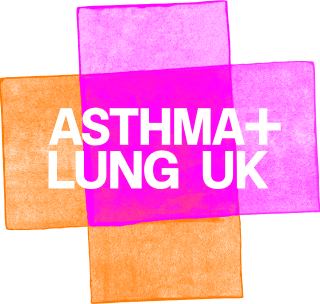

There is no cure for OSA, but symptoms can be managed well with lifestyle changes and treatment.

Lifestyle changes to help OSA
Making changes to your lifestyle and getting into good sleep habits can help you manage your symptoms and stop them from getting worse.
Try to:
-
get help to stop smoking. Smoking can make OSA worse.
-
avoid too much alcohol, especially before going to bed
-
keep to a healthy weight. If you’re very overweight your GP can help.
-
have good bedtime habits like going to bed at a regular time, and keeping your room dark and quiet
-
avoid sleeping pills – unless your GP has recommended them.
If you have mild OSA, lifestyle changes are often enough, and you may not need any further treatment.
But it’s important for everyone with OSA, including if you have moderate or severe OSA, to think about making lifestyle changes.
OSA and obesity
OSA in adults and children is closely linked to being very overweight (obesity).
Find out more about keeping to a healthy weight.
Continuous positive airway pressure (CPAP) machines for OSA
Continuous positive airway pressure (CPAP) machines are usually used to treat moderate to severe OSA. Some people with mild OSA may also benefit from a CPAP machine if their OSA is affecting their quality of life and daytime activities.
The CPAP machine gently pumps air through a mask that you wear over your mouth or nose while you sleep. It stops your airways narrowing while you’re asleep.
A CPAP machine can make a difference to how you sleep. It can also stop you feeling so sleepy when you’re awake.
Find out more about CPAP machines for OSA.
Mandibular advancement splints
If a CPAP machine is not working well for you, your doctor can prescribe a mandibular advancement splint to wear when you’re sleeping.
This is a device you wear in your mouth. It fits over your teeth, like a gum shield or mouth guard, and holds your jaw forward so there is more space at the back of your mouth. It helps stop snoring and pauses in your breathing (sleep apnoeas).
A specially trained dentist will take an impression of your teeth and arrange for your mandibular advancement splint to be made and fitted properly.
Do not use a mandibular advancement splint if you have tooth decay
You need to have your teeth checked before you can get fitted for a mandibular advancement splint.
If you have any problems with your teeth or gums, like tooth decay, gum disease or tooth loss, wearing an oral device will not be suitable for you.
Changing your sleeping position
How you sleep can affect your OSA. This is known as positional OSA.
If you have positional OSA, your symptoms are likely to be worse if you sleep on your back (supine) and better when you sleep on your side.
More than half of all people with OSA notice worse symptoms if they sleep on their back.
If sleeping on your back makes your OSA symptoms worse, you may benefit from things that help you change your sleeping position.
These are called positional modifiers and they include:
-
taping a tennis ball to your back
-
special backpacks
-
firm pillows which help keep you sleeping on your side
-
a device which vibrates if you move onto your back.
Changing your sleeping position can help some people with OSA, but it usually does not work as well as continuous positive airway pressure (CPAP).
Your doctor may suggest you change your sleeping position, or try positional modifiers, or that you do this alongside other OSA treatments like CPAP.
Upper airways surgery
If you have large tonsils and adenoids, your doctor may suggest having surgery to remove them.
In children, enlarged tonsils or adenoids is the main cause of OSA. For most children with OSA, symptoms get better if they are taken out (an adenotonsillectomy). Alongside lifestyle changes like losing weight, surgery can cure OSA in children who have no other conditions or complications.
Implant device
For a small number of patients where the usual OSA treatments have not helped, a new treatment using an implant device may be available in some sleep centres.
Hypoglossal nerve stimulation uses an implant device to stimulate one of the nerves controlling the tongue and airway muscles. It helps the airways to stay open during sleep.

Get support
Our helpline is closed from 1pm on Wednesday 24th December 2025 and re-opens at 9:15am on Friday January 2nd 2026. Our supporter care line is also unavailable during this period. If you have a flare-up of your lung condition symptoms, contact your GP or healthcare professional or 111 for advice. Always dial 999 in an emergency.








